The daily care and feeding of your aquarium is extremely important! You will find that there are chores in your aquarium that must be completed daily. This process should not be considered as work; but, as a time to get to know, checkout, and enjoy your fish as you relax in front of the aquarium. Three things should be checked everyday:
* Water temperature
* Lighting
* Behavior and appearance of the fish during feeding
You will begin to notice obvious events and changes as you observe your new aquarium. For instance, you will notice changes in the plants that can be important to the continued balance of your aquarium.
The water temperature and lighting become almost incidental when observing your fish, especially if you have an automatic timer and a thermostat for heat. In the long run you should not do without these two items, even if they are an expense you can't afford right away. A glance at the thermostat will let you know if the heater is functioning properly.
It is easy to combine the daily observation and changes of your fish when you feed them and watch their behavior. A fish that is apathetic and not eating is usually not feeling well. This is another reason that you should not rely on an automatic feeder unless you are out of town and leave it on for several days at a time.
It is important that you occasionally give your fish live food. Be careful as it is easy to make mistakes and overfeed by putting too much food in the water. This is especially easy when giving dried and frozen foods. All frozen foods should always be thawed completely before feeding. Never give more food than can be eaten in five minutes. At the end of five minutes, any excess food should be removed from the aquarium.
Aquarium Algae
A densely planted aquarium is the best defense against all forms of algae. Aquarium algae is undesirable and can destroy entire groups of plants. You need to become familiar with the various kinds of algae in order to be able to effectively fight them:
* Blue-green algae is the most common algae and the most disturbing. The name "blue-green" is deceptive as the coloring is normally greenish, brownish, or blackish. Whatever the color is, it is an ugly and dangerous algae. It may actually be blue-green, but not usually; they grow in masses and appear to be slippery. Blue-green algae tend to grow in the brightest areas of your tank. They prefer to grow on the bottom of the aquarium but may also grow on plants. They may appear on the surface with floating plants if the water is not circulating. Growing very quickly, these algae will quickly overcome your aquarium and suffocate other plant life.
* Gravel algae frequently called "brown algae," covers aquarium panes and rocks. Their growth indicates an under lit aquarium and increasing the light intensity will usually destroy this algae without further treatment. However, loaches and sucker catfish enjoy eating this algae and if it doesn't become too prevalent, they will keep it under control.
*Red algae or true red algae grows in the ocean. Freshwater "red algae" are covered by chlorophyll and therefore appear blackish green to black. This form of algae is easily recognized as it grows as a tuft of small-branched black threads from a central point. Red algae is rarely a problem and some even consider it decorative.
* Green algae are a sign that the water and light in your aquarium are nearly perfect as they require the same water and light as your regular plants. These algae may float, or be attached to plants or rocks. They can't be easily removed with chemicals because the chemicals would also harm your plants. Once again, the best defense against algae is a densely planted aquarium and close daily observation.
Creating an In-Tank Back Wall
One of the advantages of having a back wall inside your aquarium is that you can tie ferns to it with small threads and they will soon root themselves to it. This will give the rear wall a look of life that will make it very effective in decorating your aquarium. Whatever you decide to use as a basis for your rear wall must not generate any noxious substances into the water and it should be easy to work with.
Be certain when you create your in-tank back wall that the fish can not get between it and the glass and become trapped. Styrofoam is a wonderful medium for this purpose because it is easily shaped, worked, and completely harmless to your marine friends. Styrofoam can be purchased in various thicknesses at many hobby and craft or hardware stores. Remember that the thicker the Styrofoam is, the more dimensional your back wall will look!
Cut the styrofoam to the exact measurements of the rear wall of your aquarium.
Using a cigarette lighter of candle, flame shape the rear wall as desired. It won't burn but it does melt, so you can create caves and ledges for your aquarium that become very attractive when decorated with gravel and ferns. In addition, the heat hardens the surface, which keeps the material from crumbling in the aquarium.
Use drab shades of nonsoluble paints that are harmless to plants and animals to paint and decorate your back wall; they should dry in less than 24 hours.
Remember that Styrofoam is very buoyant and may need to be glued down with rubber silicone or wedged under a protruding lip of the aquarium! This method is also very effective for an outside rear wall, but you can't attach ferns to it if it is outside, except plastic ferns.
Styrofoam is very determined to float, so be sure to consider this when creating your back wall.

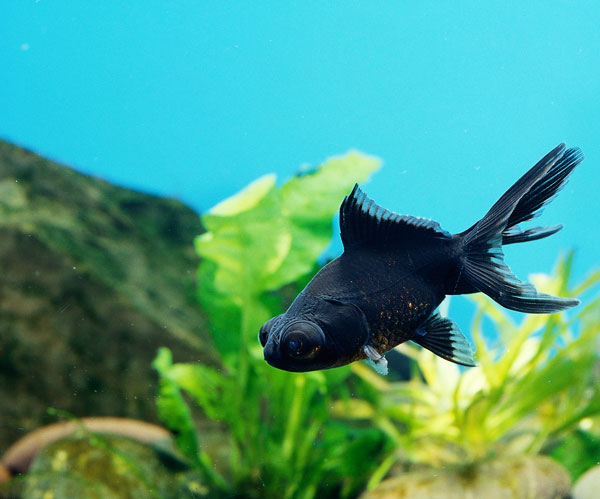 Fish and Fungus
Black Moor Q. I have two large black moor goldfish, one larg
Fish and Fungus
Black Moor Q. I have two large black moor goldfish, one larg
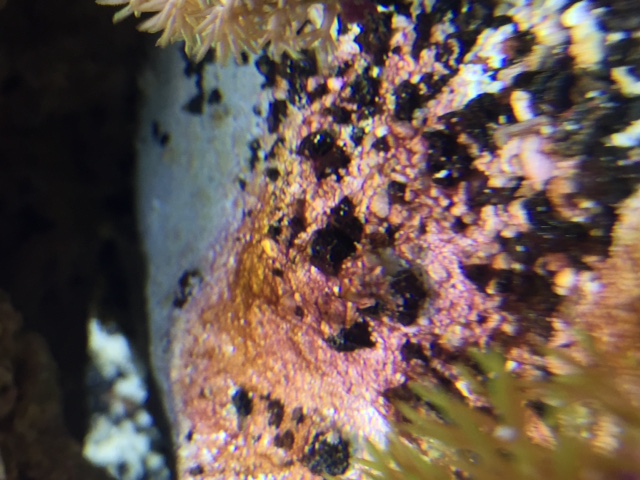 Red Algae in Marine Aquarium
Q. Ive been keeping saltwater fish for about five years, and
Red Algae in Marine Aquarium
Q. Ive been keeping saltwater fish for about five years, and
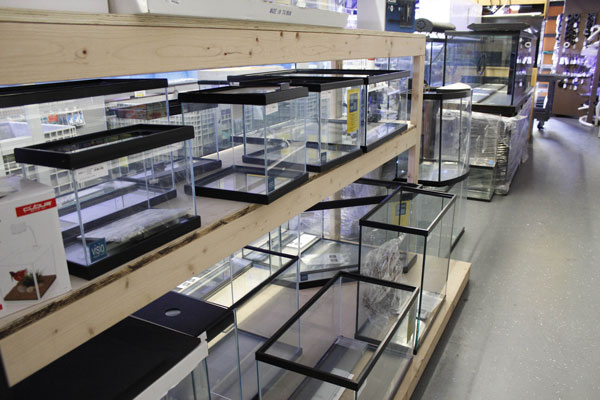 Five Tips for Freshwater Aquarium Success
You spent countless hours researching the latest products to
Five Tips for Freshwater Aquarium Success
You spent countless hours researching the latest products to
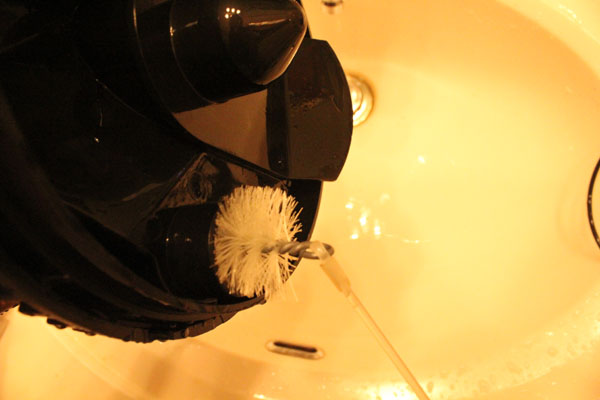 How to Maintain Your Aquarium Filter
Aquarium filtration saw monumental advances in technology du
How to Maintain Your Aquarium Filter
Aquarium filtration saw monumental advances in technology du
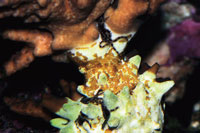 Coral and Invertebrate Quarantine Procedures
Coral and Invertebrate Quarantine Procedures